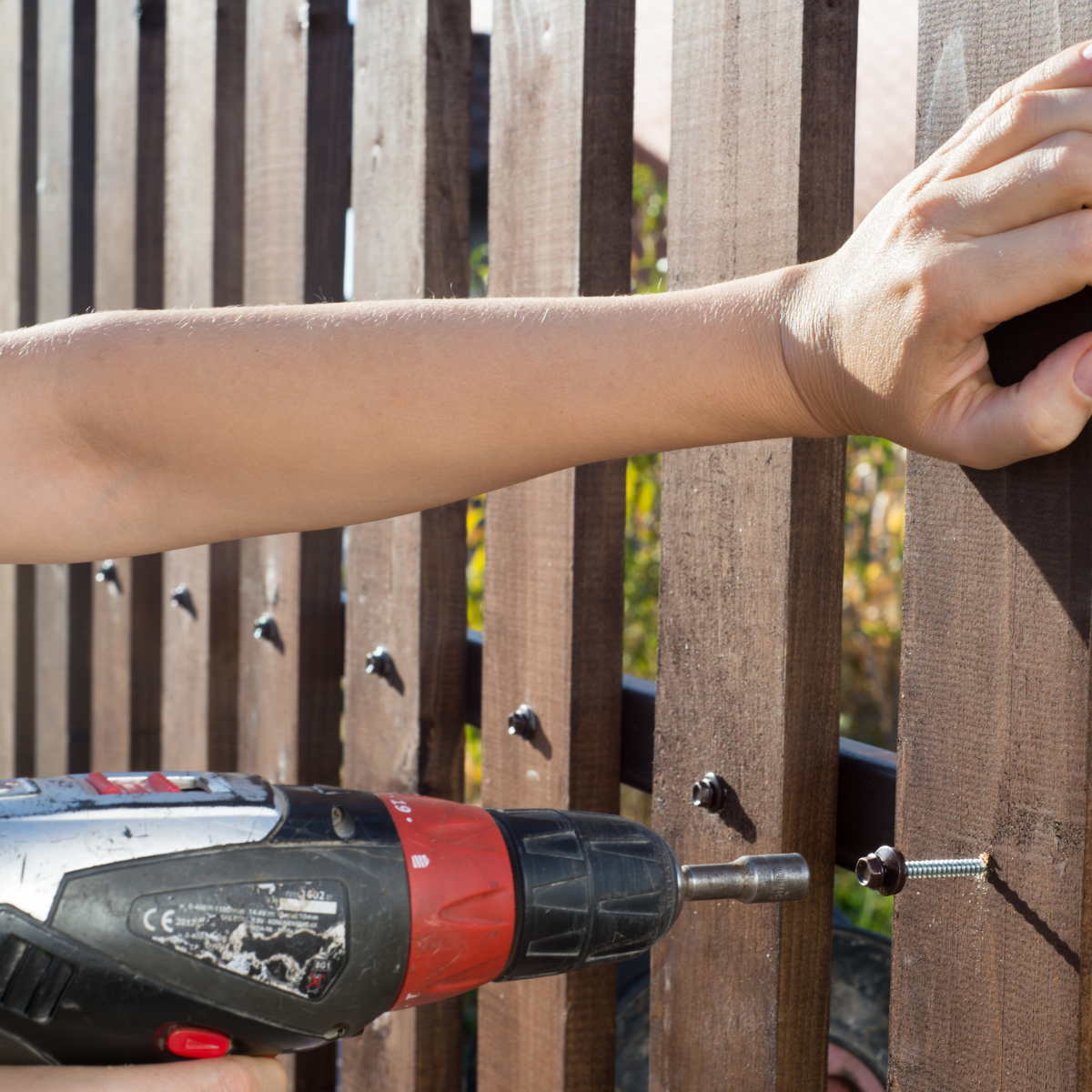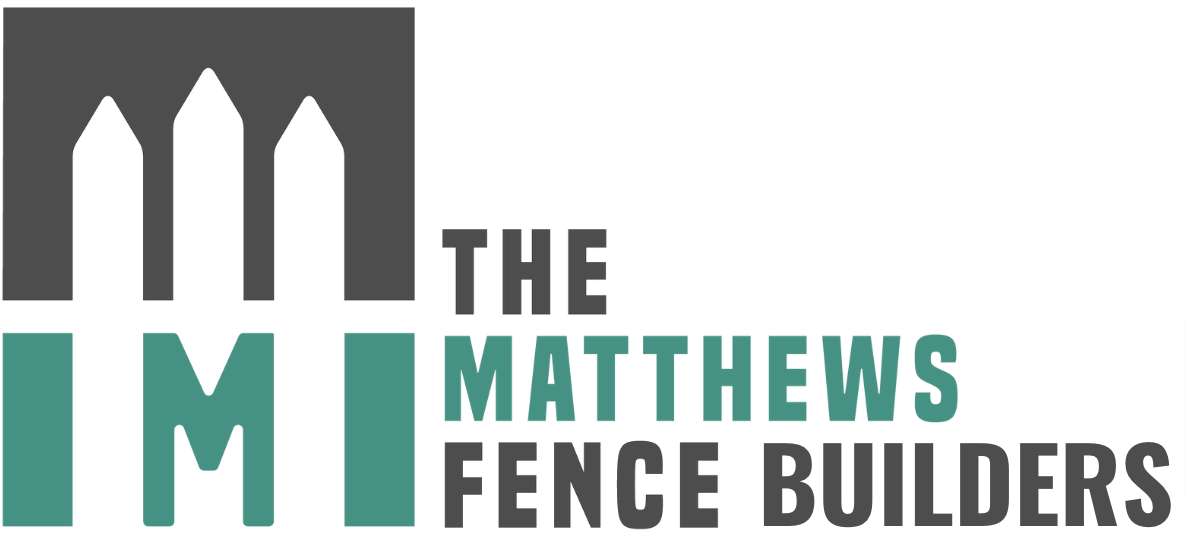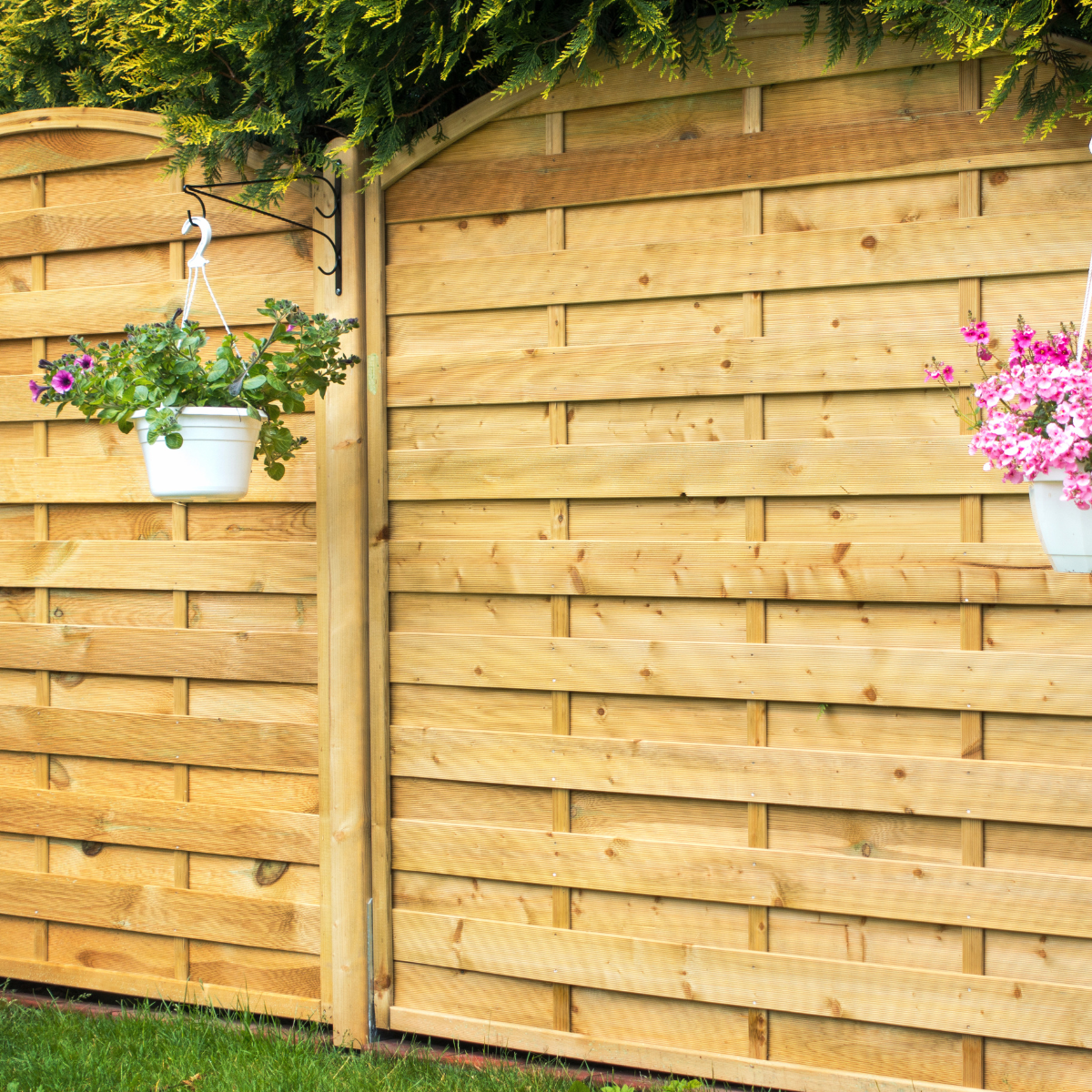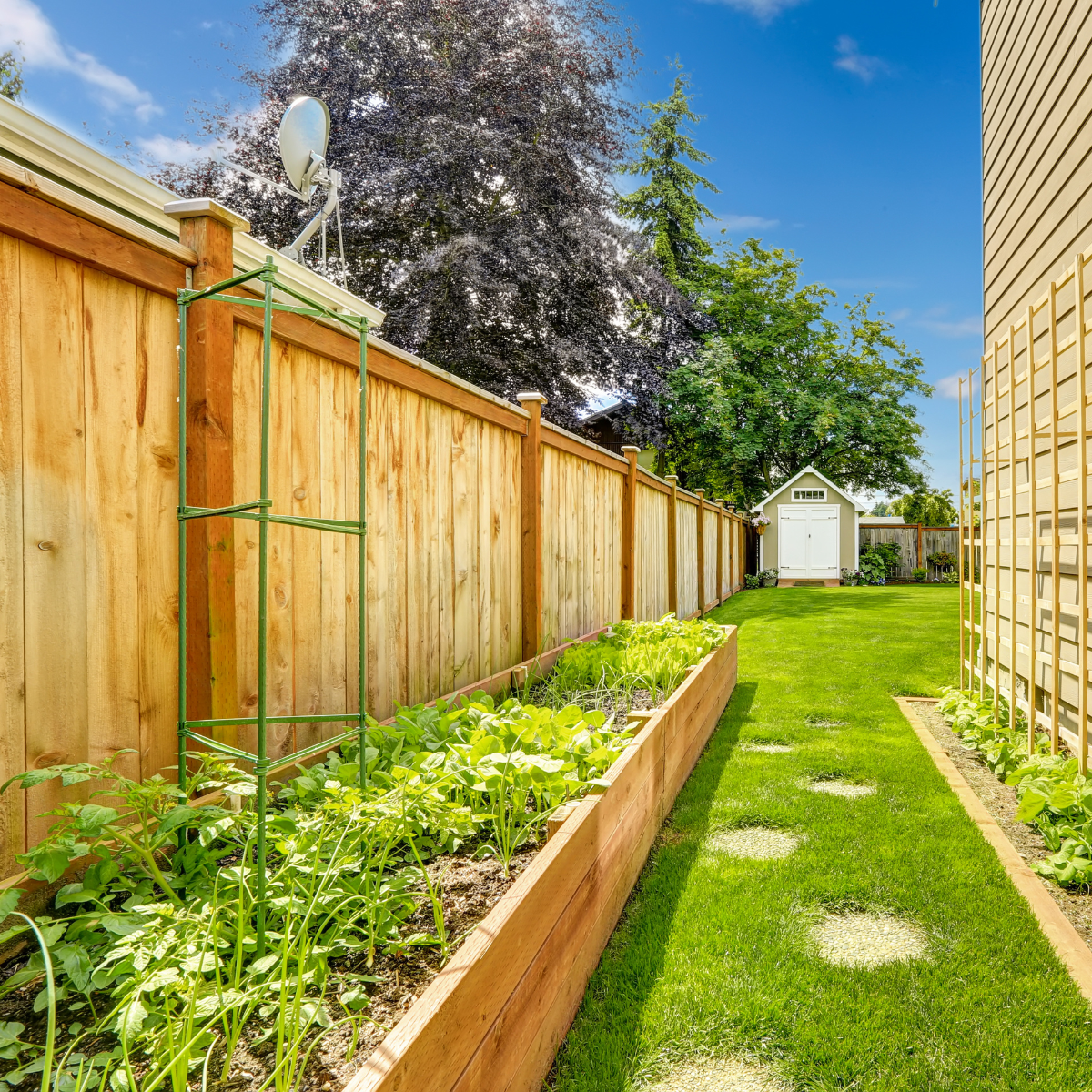Everything You Need to Know About Fence Installation
Everything about fence installation
Installing a fence is a great way to boost the security, privacy, and appearance of your property. Whether you’re looking to keep children and pets safe or create a cozy outdoor space, a well-built fence can make all the difference. Here’s a complete guide on what you need to know before you start a
fence installation project.
1. Understand Your Purpose
Before you decide on a fence, it’s important to know why you need one. Are you looking for extra privacy, a secure play area for your kids, or simply to define your property lines? Your reasons will help guide your choices when it comes to materials, design, and placement.
2. Choose the Right Materials
There are many fencing materials available, each with its own strengths and maintenance needs. Here are a few common options:
- Wood: A classic choice that offers natural beauty but requires regular maintenance, such as staining or painting.
- Vinyl: A durable and low-maintenance option available in a variety of colors and styles.
- Chain Link: Affordable and great for security, but it offers less privacy.
- Metal: Whether it’s aluminum or ornamental iron, metal fences are strong and long-lasting, though they may come with a higher price tag.
Choosing the right material depends on your budget, the look you want, and how much upkeep you're willing to do over time.

3. Check Local Regulations
Before you get started, it’s crucial to check with your local zoning office and homeowners’ association (if applicable). Some areas have specific rules about fence height, materials, and placement. You might also need a permit for your project. Skipping this step could lead to fines or having to redo your fence later on.
4. Set Your Budget
Fences can vary widely in cost depending on the material and the size of your yard. It’s a good idea to determine your budget before you begin shopping. Don't forget to factor in additional costs like gates, post caps, and hardware. Planning ahead can help prevent surprises and keep your project on track financially.
5. Decide Between DIY and Hiring a Pro
You may be considering installing the fence yourself to save money, but fence installation requires precision and time. If you're experienced with DIY projects, this could be a manageable task. However, hiring a professional might be a better choice for complex installations or if you're short on time. Professionals can ensure the fence is built to last and meets all local codes.
6. Think About Maintenance
Different fence materials come with different levels of upkeep. Wood fences will need regular staining or painting to stay protected, while vinyl and metal fences are much lower maintenance. Think about how much time and effort you're willing to put into keeping your fence looking good over the years.
7. Plan the Layout and Gates
The layout of your fence and the placement of gates are important for the flow of your property. Gates should be positioned for convenience, such as near walkways or driveways. Make sure the gate matches the fence material for a seamless look and consider childproof or pet-proof designs if needed.
8. Prepare for Installation
Once you have all your plans in place, it’s time to prepare for the installation. Make sure you’ve marked your property lines accurately to avoid any disputes with neighbors. It's also essential to call your utility companies to ensure that there are no underground cables or pipes where you're planning to dig.
Final Thoughts
Fence installation is an investment in your home’s security, privacy, and aesthetic appeal. By carefully considering your purpose, material options, local regulations, and budget, you can ensure a smooth and successful project. Whether you choose to tackle it yourself or hire a professional, taking the time to plan will result in a beautiful, long-lasting fence that enhances your property for years to come. And if you want to avail our
fence installation services, don't hesitate to
contact us. We are more than happy to help you.
You might also like
All Rights Reserved | The Matthews Fence Builders Company | Powered by Revio Marketing



